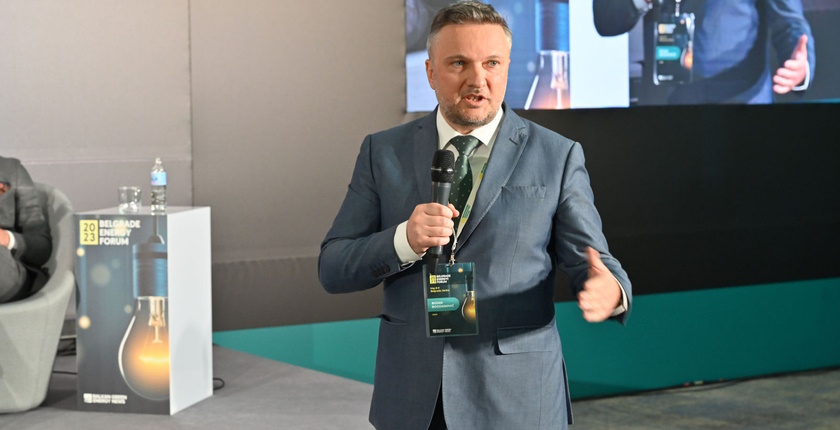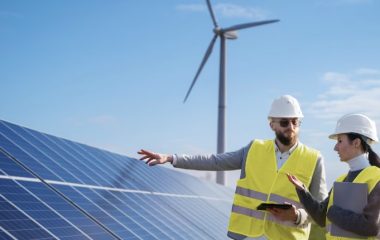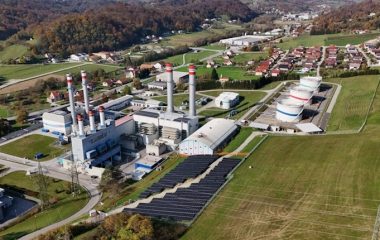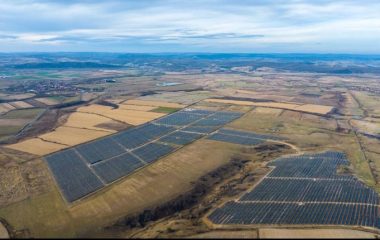
Photo: Balkan Green Energy News
Decarbonizing urban areas isn’t easy, but geothermal, solar thermal and systems running on biomass and biogas can contribute the most to the effort, Bojan Bogdanović from the European Bank for Reconstruction and Development said at Belgrade Energy Forum 2023. Participants at the panel discussion Modern technologies for sustainable heating and cooling, which he moderated, pointed out that the district energy sector can use surplus electricity from wind power plants and solar parks.
Heat pumps are topic number one in Europe, according to Principal Fund Manager of the EBRD’s Renewable District Energy in the Western Balkans (ReDEWeB) fund Bojan Bogdanović. The panel that discussed sustainable heating and cooling at the Belgrade Energy Forum – BEF 2023, which he moderated, urged an integration with the electricity sector.
In March, the European Commission asked member states, which also implies Energy Community contracting parties, to include heat storage units in their national energy and climate plans (NECPs) as providers of balancing services, Bogdanović pointed out. He explained that the diversification of balancing is entering the spotlight.
Only 3% of the district heating output in the Western Balkans is from renewable sources
Among other things, the term includes switching electricity from intermittent sources, primarily from wind parks and solar farms, into heat. As the electrification of heating and cooling progresses, the surpluses can also feed heat pumps.
“We have to do more with regard to heat pumps. We have to engage in geothermal energy, solar-thermal energy, biogas, biomass and all the technologies that will help us decarbonize district heating. I will also remind you that only 3% of almost 9,000 MW in installed district heating capacity in the entire Western Balkans is renewable. We have a system, a treasure that can help us decarbonize urban areas. Because it isn’t easy to decarbonize urban areas,” Bogdanović stated.
It is actually the system that can contribute more than all others to decarbonization in the segment, he stressed. Bogdanović noted that over half of the overall primary energy on a global scale is consumed in district heating, of which heating accounts for the biggest share.


















Be the first one to comment on this article.